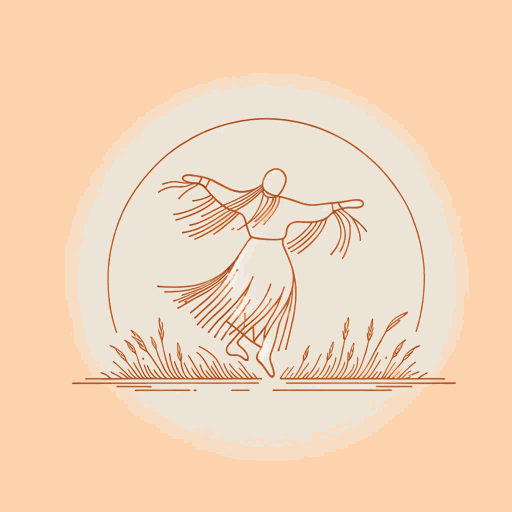45 pages • 1 hour read
Susan PowerThe Grass Dancer
Fiction | Novel | Adult | Published in 1994A modern alternative to SparkNotes and CliffsNotes, SuperSummary offers high-quality Study Guides with detailed chapter summaries and analysis of major themes, characters, and more.
Themes
Finding Identity in a Postcolonial World
The novel revolves around the struggle to maintain an Indigenous identity in a colonized land. Chronologically, this begins with Red Dress’s struggle at the fort. She acts, metaphorically, as “the voice of the grass” (246) and as a literal warrior against those who are trying to destroy her way of life. She is killed as a direct result of her actions, but her cause endures just as her presence among the living continues. Her spirit, and the spirit of resistance, live on to touch future generations.
Each generation in the novel has their own fight to maintain their identity. Herod, Anna, and Margaret grow up in a time when children are sent to boarding schools in order to suppress Indigenous culture. However, these characters manage to resist and maintain their Indigenous identity, principally through spiritual practice. As they grow older, their primary focus shifts from their practice to passing on their traditions to the younger generation.
Harley’s generation is the most removed from life before colonization. They are too young to have known anyone who lived in a time before settlers arrived. They must find a balance between continuing their Sioux cultural practices and living their lives as average American teens.

